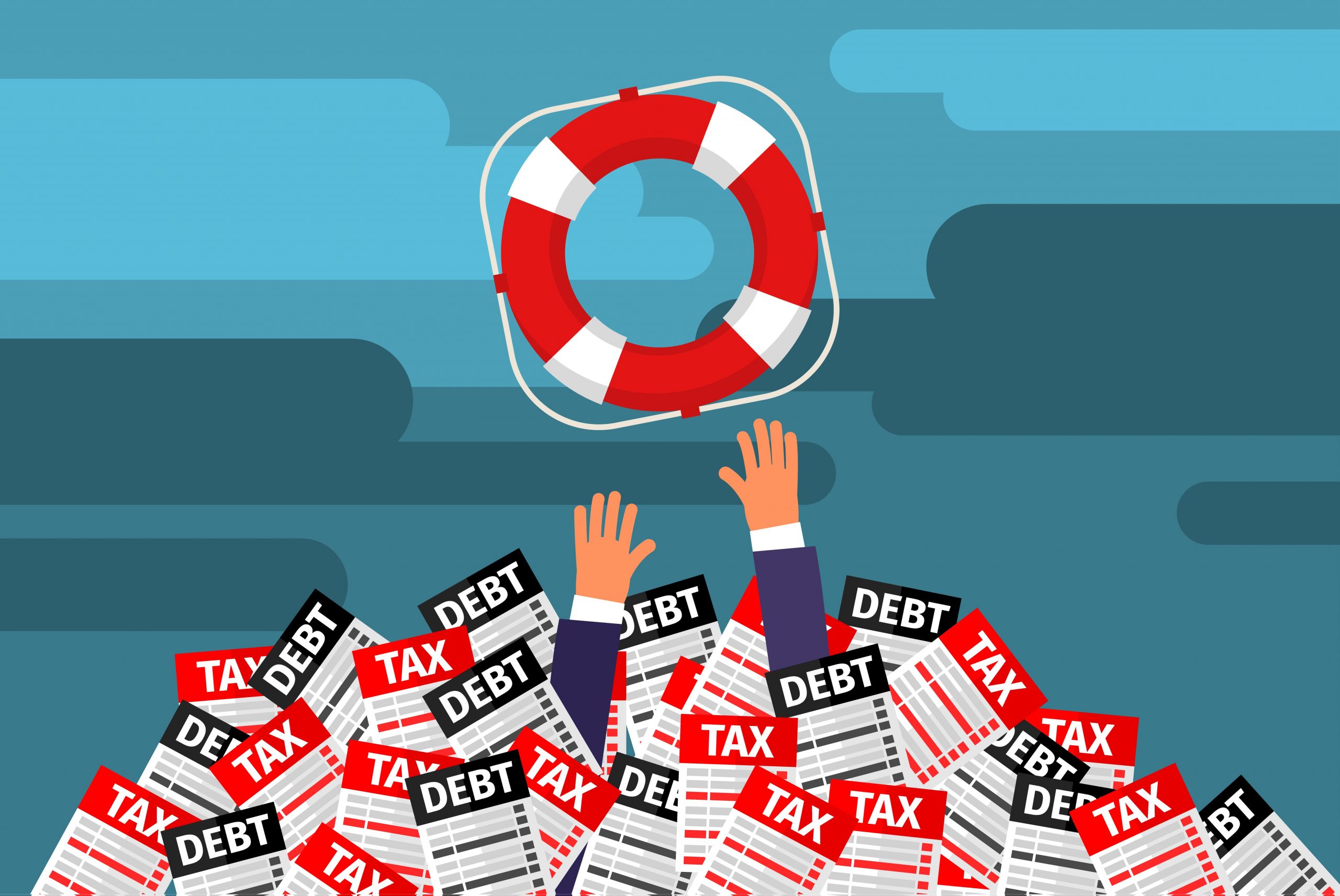The retail industry is experiencing significant turbulence in 2024, with nearly 3,200 brick-and-mortar stores closing their doors amidst a landscape of inflation-weary consumers and a wave of bankruptcies.
This represents a substantial 24% increase in closures compared to the previous year, as reported by CoreSight, a retail data provider that meticulously tracks store closures and openings across the United States.
While some retailers are still planning expansions, the overall number of store openings has decreased by 4% compared to a year earlier.
Let’s delve into the factors driving these changes, the impact on major retail chains, and the broader implications for the retail sector.

Key Factors Behind Store Closures
Inflation and Consumer Spending

One of the primary drivers of store closures is the shifting behavior of inflation-wary consumers.
The rising cost of living has significantly impacted consumer spending habits, leading to decreased foot traffic in physical stores.
Dollar Tree’s announcement to close over 600 Family Dollar locations in 2024 is a stark example.
The discount retailer cited inflation and increased shoplifting as critical factors behind its decision.
Bankruptcy and Management Struggles

The retail sector has seen a surge in bankruptcies, with chains like Rite Aid and Rue21 filing for bankruptcy and subsequently closing numerous locations.
According to Neil Saunders, managing director of GlobalData, many closures result from long-standing financial troubles within these companies.
Retailers are proactively weeding out underperforming locations to optimize their portfolios and maintain financial health in an uncertain economic environment.
Strategic Missteps

In addition to economic pressures, some companies have faltered due to strategic missteps.
For instance, Express, a clothing chain specializing in workplace fashion, has struggled to resonate with consumers in a post-pandemic world where remote work has become more prevalent.
The company’s failure to adapt to these changing trends led to its bankruptcy and the closure of 100 out of its 500 locations.
Trends in Consumer Behavior
Solid but Shifting Spending Patterns
Despite the wave of store closures, consumer spending has shown resilience.
Data from March 2024 indicates a 0.8% increase in consumer spending, reflecting solid growth.
However, signs of weakening consumer confidence are emerging.
The University of Michigan’s Surveys of Consumer Sentiment index for May dropped to 67.4, marking the most significant monthly decline since mid-2021.
This decline in confidence is attributed to expectations of higher inflation and slower economic growth.
Diminishing Pandemic Savings
Another factor influencing consumer behavior is the depletion of savings accumulated during the pandemic.
With federal stimulus checks and other benefits now a thing of the past, households are exhausting their financial reserves.
Jeffrey Roach, chief economist for LPL Financial, warns that this depletion could lead to a decline in discretionary spending, posing risks to overall consumer spending in the coming months.
Major Retail Chains Affected
Family Dollar

Family Dollar, owned by Dollar Tree, has been the most impacted, with 620 closures already in 2024 and plans for a total of 1,000 closures in the coming years.
The company’s struggles highlight the broader challenges faced by discount retailers in the current economic climate.
Rue21 and 99 Cents Only Stores

Following Family Dollar, Rue21 has closed 543 stores, while 99 Cents Only Stores has shuttered 371 locations.
Both chains have been grappling with financial difficulties and changing consumer preferences, leading to significant downsizing.
CVS Health

CVS Health has also been affected, closing 315 stores as part of its efforts to streamline operations and adapt to the evolving retail landscape.
The company’s focus on optimizing its store portfolio underscores the broader trend of retailers reassessing their physical footprints to stay competitive.
Retailers Expanding Amidst Closures
Dollar General

Contrary to the trend of closures, some retailers are expanding.
Dollar General leads the pack with plans to open over 800 new locations in 2024.
This aggressive expansion strategy highlights the company’s confidence in its business model and its ability to attract budget-conscious consumers.
7-Eleven and Five Below

7-Eleven is another retailer bucking the trend, with plans to open more than 270 U.S. locations this year.
Similarly, discount store Five Below is set to open 227 new outlets.
These expansions reflect the potential for growth in specific retail segments, particularly those catering to convenience and low-cost goods.
The Broader Implications for Retail
Adapting to E-Commerce Competition
Brick-and-mortar retailers continue to face stiff competition from online giants like Amazon.com.
The convenience and often lower prices offered by e-commerce platforms have reshaped consumer expectations and shopping habits, putting additional pressure on physical stores to innovate and adapt.
Strategic Realignments
The current wave of closures and bankruptcies is prompting many retailers to reassess their strategies.
This includes optimizing store locations, enhancing online presence, and investing in omnichannel capabilities to meet consumers’ evolving preferences.
Preparing for Economic Uncertainty
Retailers are also bracing for economic uncertainty.
By closing underperforming stores and focusing on financially sustainable locations, they aim to weather potential economic downturns and ensure long-term viability.
Conclusion
The retail landscape in 2024 is marked by significant upheaval, driven by inflation, changing consumer habits, and a series of high-profile bankruptcies.
While some retailers are closing stores at an unprecedented rate, others are seizing opportunities to expand.
The future of retail will likely depend on how well companies can adapt to economic pressures, evolving consumer preferences, and the relentless competition from online marketplaces.
As retailers navigate these challenges, the importance of strategic flexibility and a keen understanding of consumer behavior cannot be overstated.
The ability to pivot and innovate will be crucial for those looking to thrive in this dynamic and often unpredictable industry.

